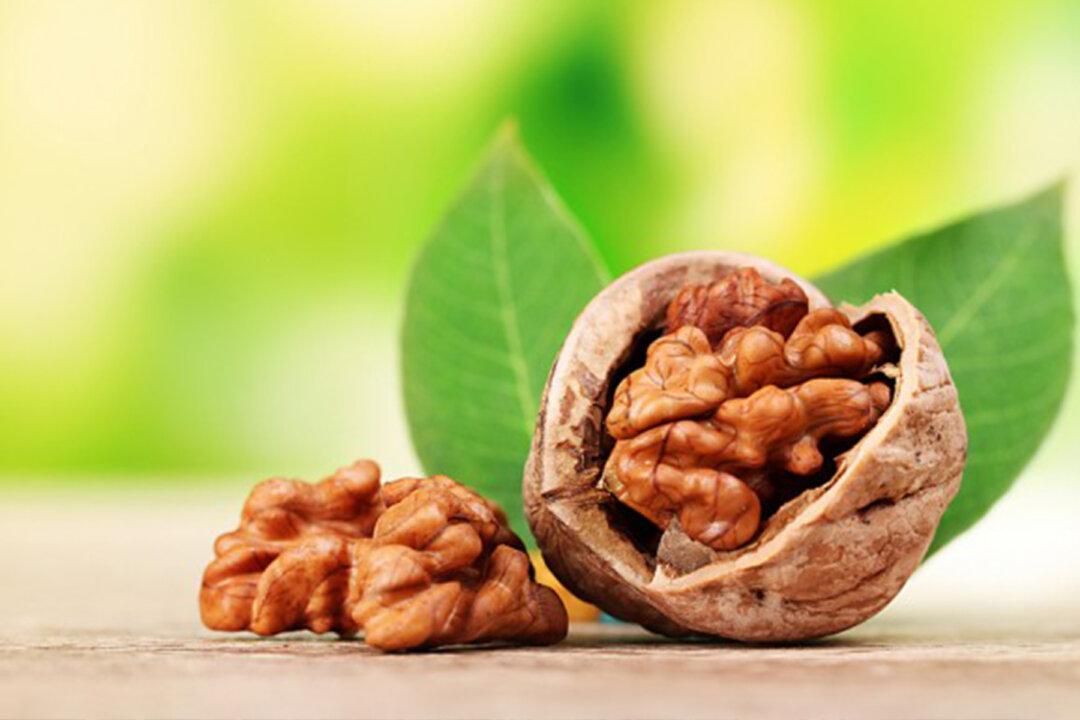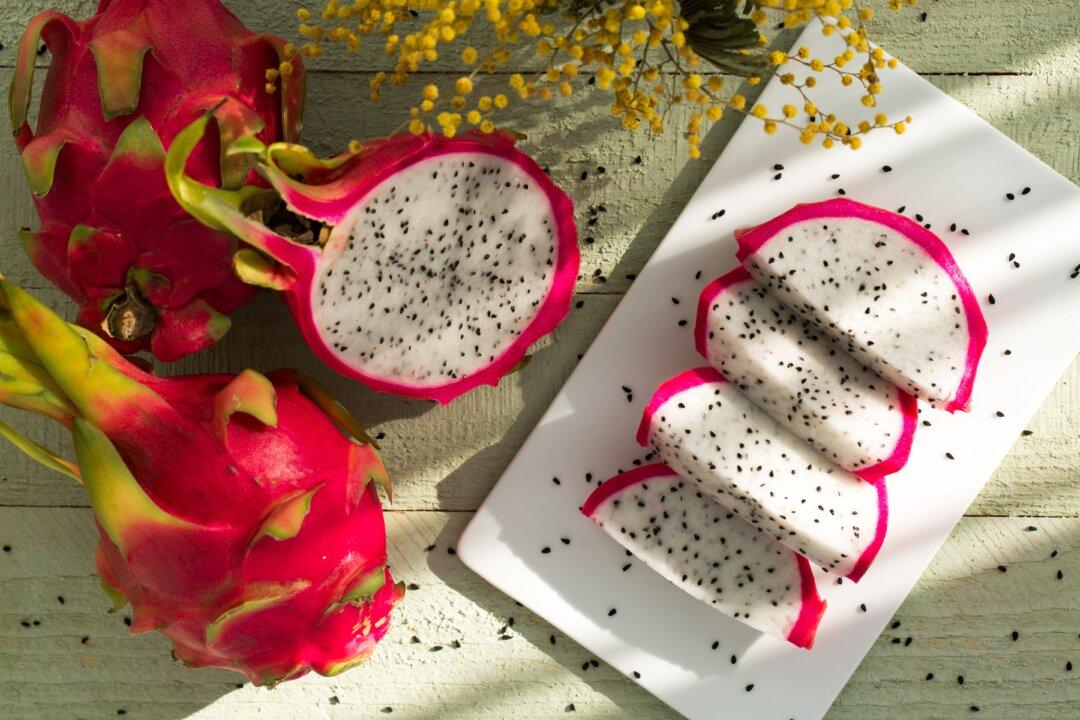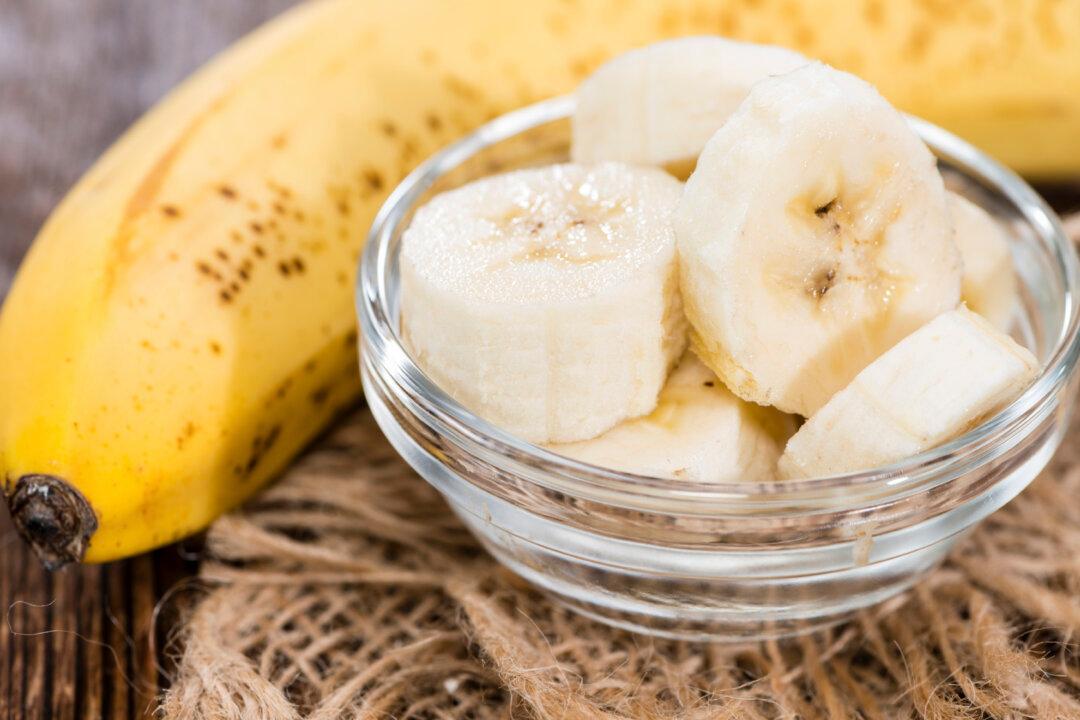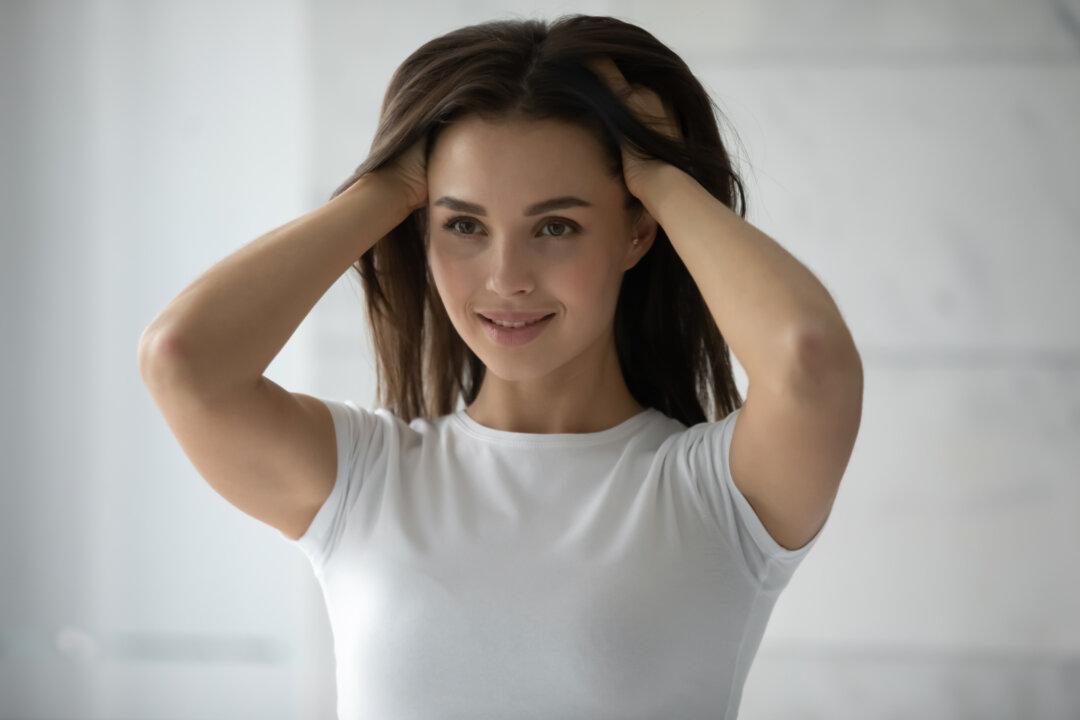Eating a rainbow of colors every day is one of Dr. Bernard Jensen’s famous recommendations for keeping healthy. Every pigment provides specific protection for plants. Research shows that humans receive similar benefits from eating colorful vegetables and fruit.
Red
Red vegetables and fruit contain a variety of phytochemicals including lycopene. Foods rich in lycopene are known for their ability to fight heart disease and some cancers, such as prostate cancer. Lycopene-rich foods include watermelon, pink grapefruit, tomatoes, and tomato-based products (spaghetti sauce, tomato paste, tomato juice, and tomato soup), papaya, and guava. Use a small amount of fat, such as olive oil, when cooking tomato-based products to help the body absorb lycopene.Find your daily dose of reds in red apples, cherries, red grapes, raspberries, watermelon, beets, strawberries, red cabbage, red onion, radishes, red peppers, rhubarb, tomatoes, chili peppers, and red potatoes.
Menu ideas:
- Tomato soup/gazpacho
- Roasted red pepper soup
- Whole grain pasta with tomato sauce
- Nachos with salsa





